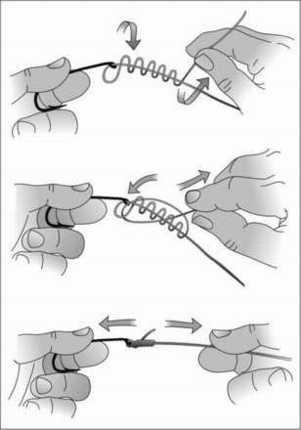gitrdun_climbr
ArboristSite Operative
i see
020 I figured you splicers would have a few tricks up your sleeve for the cinching issue and such. Though I will continue climbing on knots for now I think I'll also start fooling around with splicing to keep my options open should I progress into using them later. I must admit I haven't heard of anyone falling because 'their spice fell apart'. Two of my instructors at this year's PNW-ISA Training Conference splice everything...themselves...so I know it's not like a dangerous practice or something, just my own mental inhibition I guess.
MM thanks for that info...I found the friction hitch thread which gave me alot of info about the VT and other hitches folks are using. Also read big johns thread on his variation, though some of it is still over my head having not used one (I think it was big john).
020 I figured you splicers would have a few tricks up your sleeve for the cinching issue and such. Though I will continue climbing on knots for now I think I'll also start fooling around with splicing to keep my options open should I progress into using them later. I must admit I haven't heard of anyone falling because 'their spice fell apart'. Two of my instructors at this year's PNW-ISA Training Conference splice everything...themselves...so I know it's not like a dangerous practice or something, just my own mental inhibition I guess.
MM thanks for that info...I found the friction hitch thread which gave me alot of info about the VT and other hitches folks are using. Also read big johns thread on his variation, though some of it is still over my head having not used one (I think it was big john).



























































